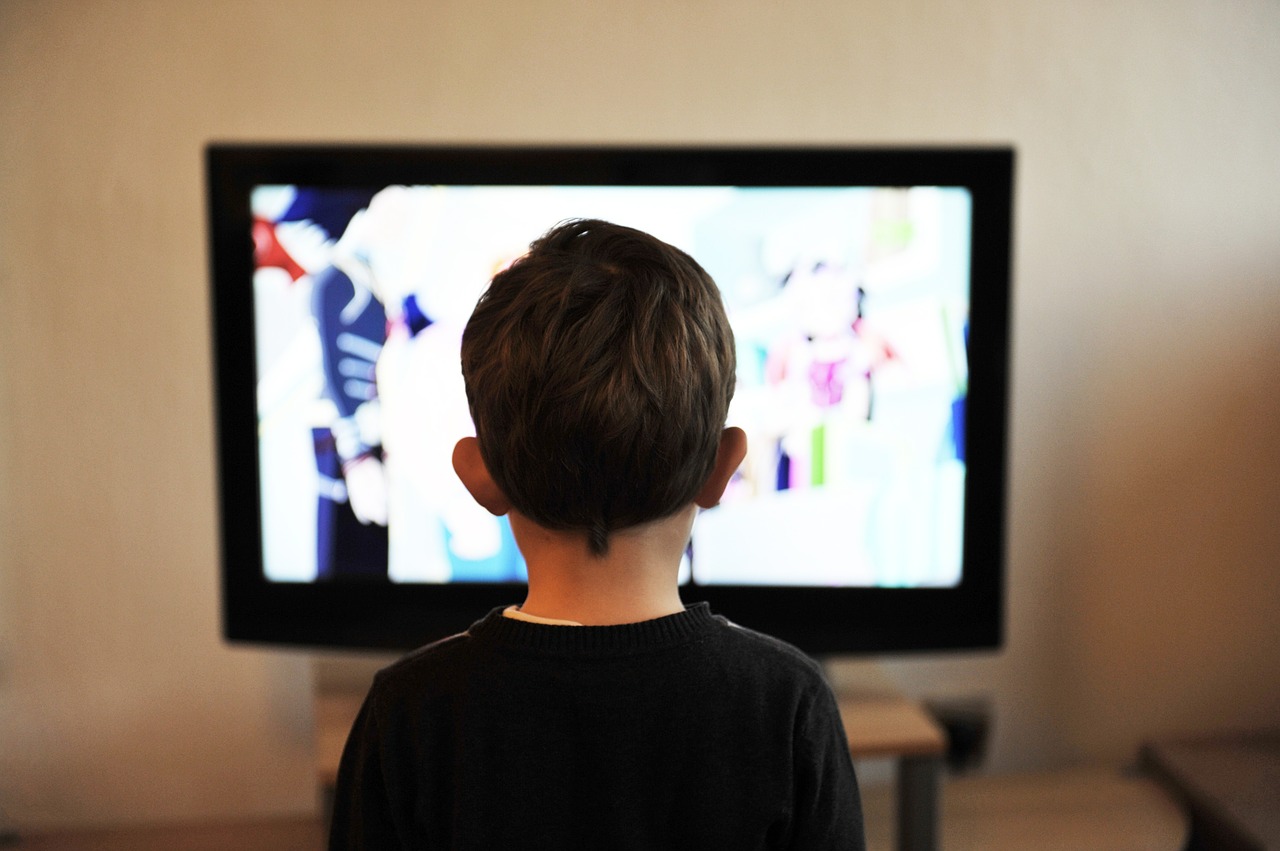Studies have found that television induces alpha waves in the human brain. Alpha waves are brain waves between 8 and 12 Hertz and are commonly associated with relaxed, meditative states of the brain as well as high suggestibility.
While alpha waves induced through meditation are beneficial (promoting relaxation and understanding), prolonged exposure to the alpha wave state through television can trigger uncoordinated fantasies and an inability to concentrate.
See also: aapor.org/about-us/history/
Jones, J. P.. (1997). What does effective frequency mean in 1997?. Journal of Advertising Research
Krugman, H. E.. (1965). The Impact of Television Advertising: Learning Without Involvement. Public Opinion Quarterly
, 29(3), 349.
Plain numerical DOI: 10.1086/267335
DOI URL
directSciHub download
Show/hide publication abstract
“Does television advertising produce sales by changing attitudes? not always, says herbert e. krugman in his presidential address before the american association for public opinion research on may 15, 1965. it may do so, he states, just by changing perceptions of the product in the course of merely shifting the relative salience of attitudes, especially when the purchaser is not particularly involved in the message. this arresting thesis has important implications for noncommercial as well as commercial persuasion efforts.”
Vittrup, B., & Holden, G. W.. (2011). Exploring the impact of educational television and parent-child discussions on children’s racial attitudes. Analyses of Social Issues and Public Policy
Plain numerical DOI: 10.1111/j.1530-2415.2010.01223.x
DOI URL
directSciHub download
Show/hide publication abstract
“Much concern has been voiced about the development of prejudicial beliefs in young children. previous research indicates that socializing agents such as parents and the media can influence children’s development of positive and negative racial attitudes. little research has examined how parents can use educational television to introduce discussions about race with their children. therefore, the primary purpose of this study was to investigate the influences of educational television and parent-child discussions about race may have on improving white children’s attitudes towards blacks. ninety-three white children aged 5-7 years old and their parents participated. parents’ and children’s racial attitudes were tested during their first visit to a research laboratory. parents also filled out questionnaires regarding their involvement with their children’s television use and how often they engaged their children in discussions about race. families were then randomly divided into four groups: (1) a video-only group where parents were asked to screen five educational videos (provided by the researcher) over the course of one week; (2) a video-and-discussion group where in addition to the videos, parents were given a set of topics to discuss with their children during and after the screenings; (3) a discussion-only group, where parents were required to have the discussions with their children without the use of the educational videos; and (4) a control group. all families returned to the laboratory about one week later. at the follow-up visit, children’s racial attitudes were reassessed. three main hypotheses guided the study: (1) children’s pre-test attitudes towards blacks were expected to be influenced by their prior exposure to black people, as well as their prior conversations with their parents about race, such that children with more exposure were expected to hold more positive attitudes; (2) children who watched racially diverse programs and discussed the content with their parents were expected to show more positive attitudes towards blacks when comparing their post-test attitude scores to their pre-test scores; (3) children in the video-and-discussion and discussiononly groups were expected to be better able to predict their parents’ racial attitudes at post-test, compared to their own pre-test predictions and compared to children who had not had such discussions with their parents. children who reported having black friends showed slightly more pos…”



